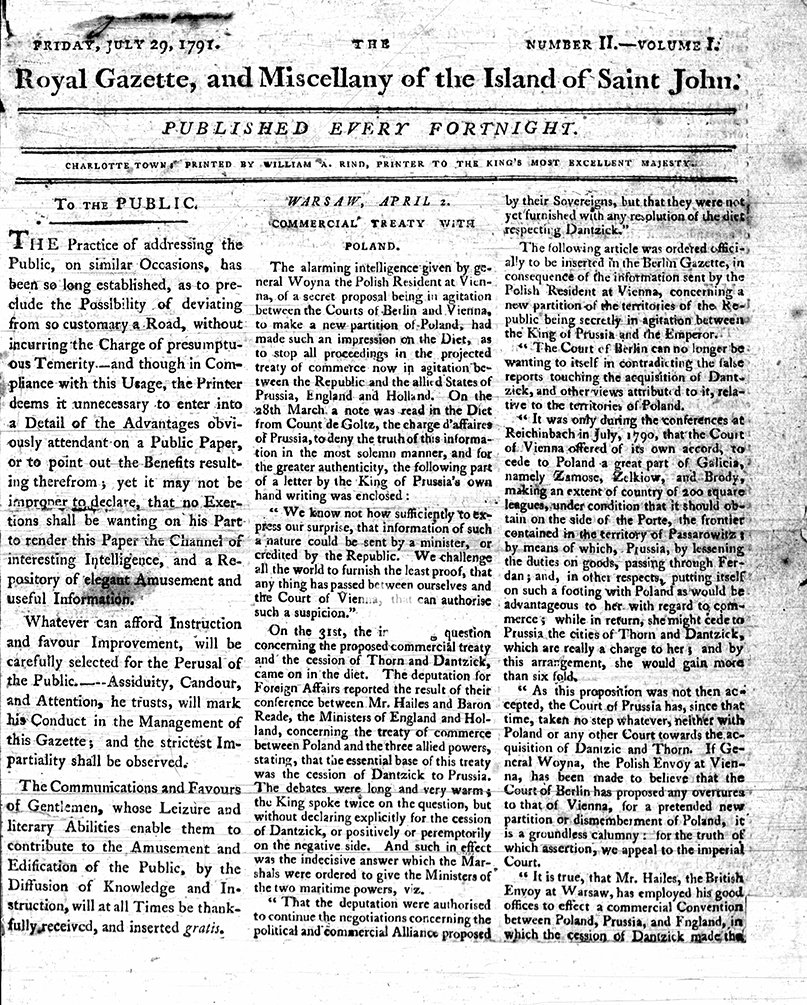The Bog
The Bog School in Charlottetown, once one of the most progressive schools of its time, where Black and white children learned together.
Charlottetown’s Lost Black Neighbourhood
The Bog was a neighbourhood in Charlottetown, Prince Edward Island, historically a Black community. Located on marshy, undesirable land, at its peak, 100 Blacks called it home. Today, there is no trace of it. However, descendants of the Bog still live on island and are working to keep the story alive.
First established in the 1780s and unlike Nova Scotia and New Brunswick, Prince Edward Island’s Black population grew almost entirely from the arrival of enslaved peoples.
In 1812, Samuel Martin, a former slave known as Black Sam, petitioned the government three times for land to establish a Black community. He lost to James Bagnall, a white man who was one of Prince Edward Island’s first newspaper printers. Bagnall apprenticed with his brother-in-law William Alexander Rind, King’s Printer of the Royal Gazette, and Miscellany of the Island of Saint John, before returning to Charlottetown in 1804 to establish The Royal Herald.
Most of the inhabitants of the Bog, were of low-economic status and the area’s back alleys developed a reputation for illicit activity. A school was built in 1848 and was one of the most progressive schools in the area. Unlike schools in other parts of Atlantic Canada, the Bog School, was integrated with both Black and white students, mainly due to the composition of the neighbourhood. While living in the Bog was harsh and residents suffered from racism, it developed a strong sense of community
Though the Bog itself has vanished, its history remains in the lives and memories of its descendants. Remembering this neighbourhood and the struggles and resilience of those who lived there ensures that the Bog is not lost a second time.
Did you Know…
Prince Edward Island holds the distinction of being the only Canadian province to pass legislation explicitly supporting slavery. In 1781, the Assembly passed An Act, declaring that Baptism of Slaves shall not exempt them from Bondage. It confirmed that Christian baptism did not change a slave’s status as property and that the children of slaves remained enslaved. The law was not repealed until 1825, long after slavery had faded in practice, but a stark reminder of its presence in the colony’s past.
-
References:
Mabusela, Marishana. (2022). The Bog. The Canadian Encyclopedia. https://thecanadianencyclopedia.ca/en/article/the-bog
Image:
New York Public Library. (1971). The Old Bog School, in Charlottetown, Prince Edward Island [photograph]. Robin W. Winks blacks in Canada photograph collection. New York Public Library Digital Collections. Retrieved August 18, 2025, from https://digitalcollections.nypl.org/items/758c60f0-c602-012f-d4af-58d385a7bc34
You Might Also Like:
The Royal Gazette and Miscellany of the Island of Saint John
The first newspaper on Prince Edward Island

